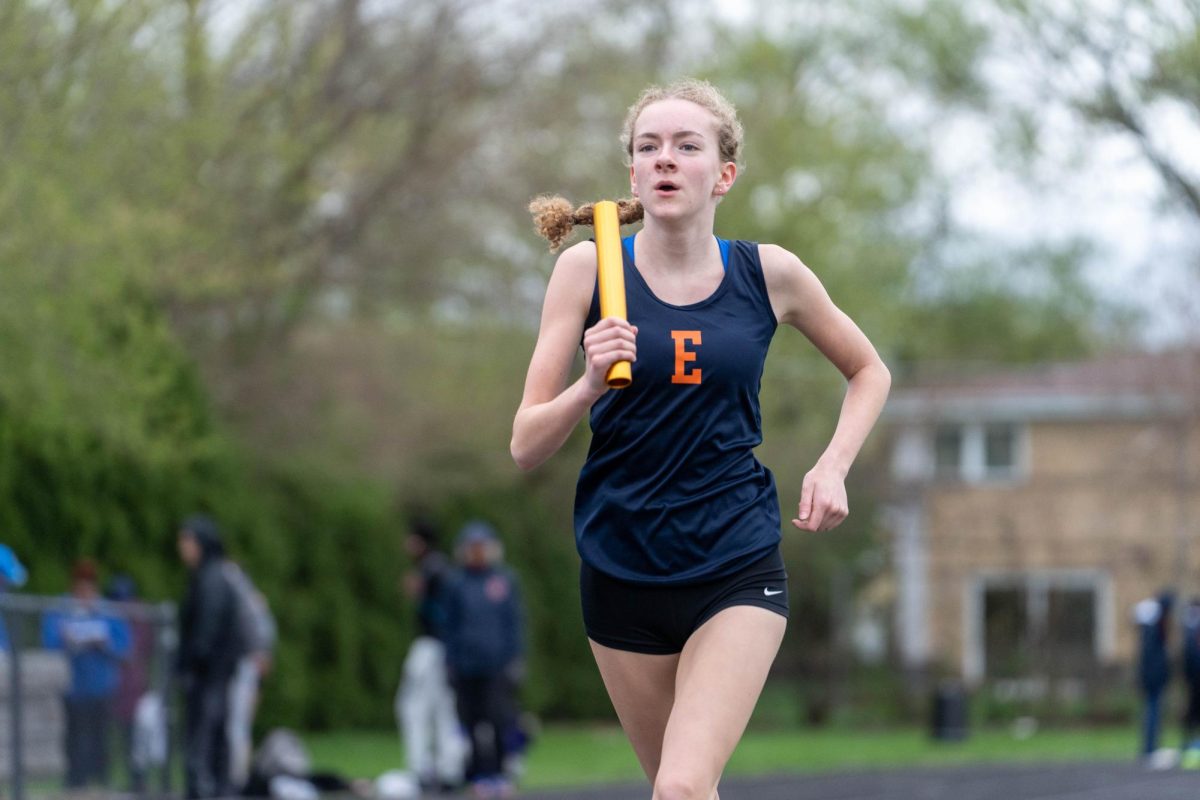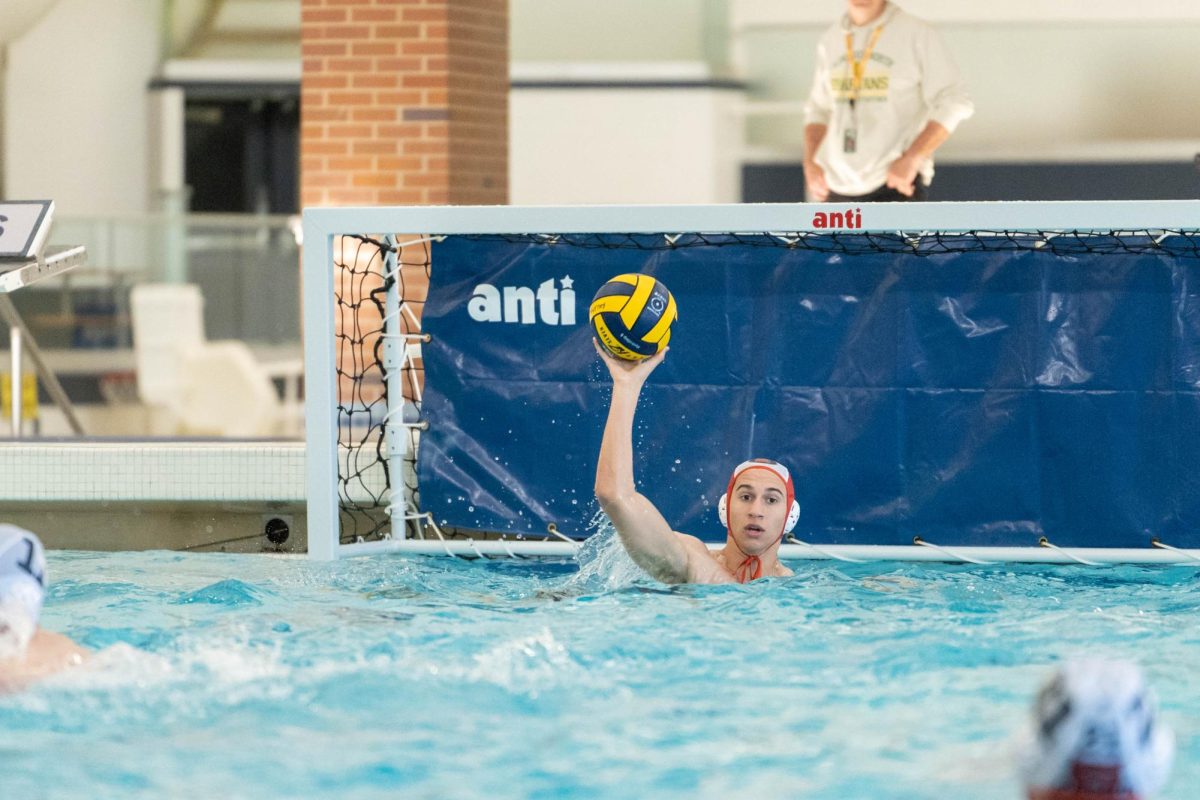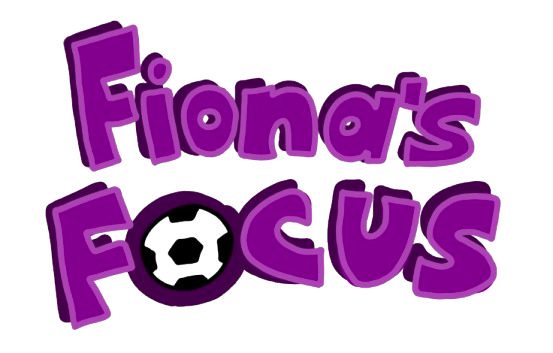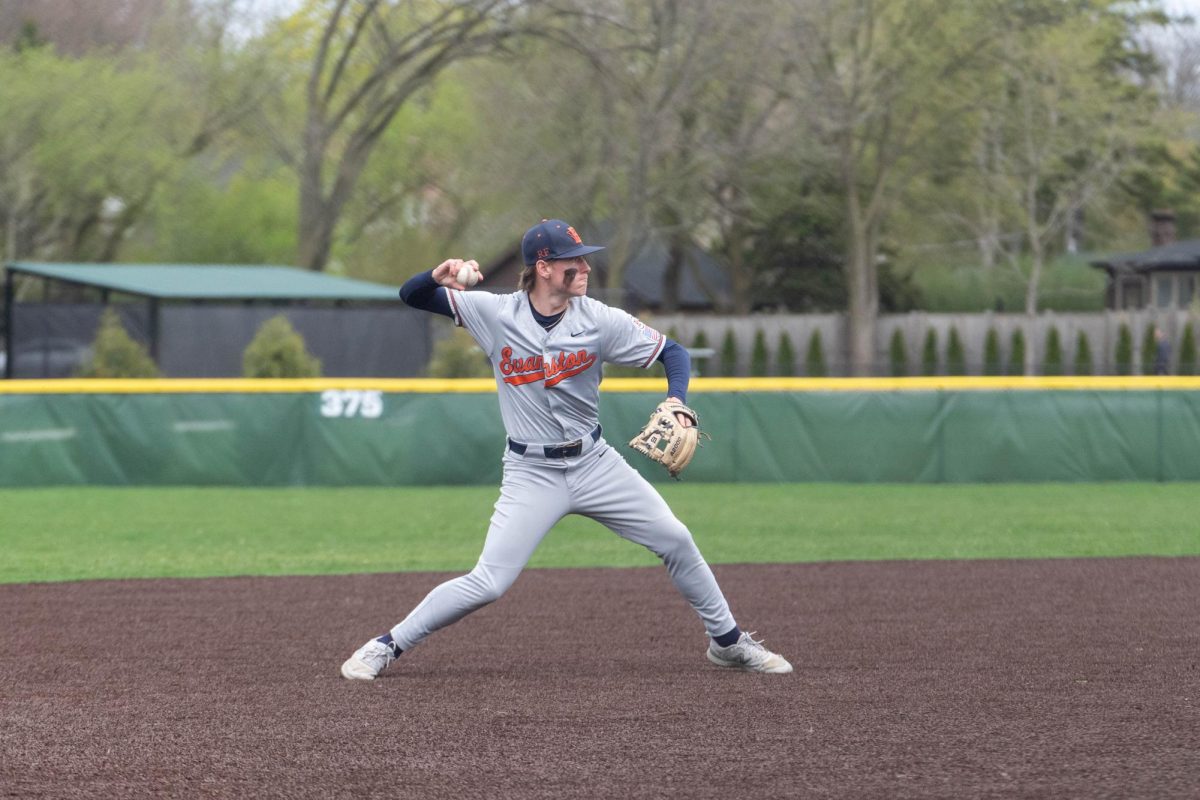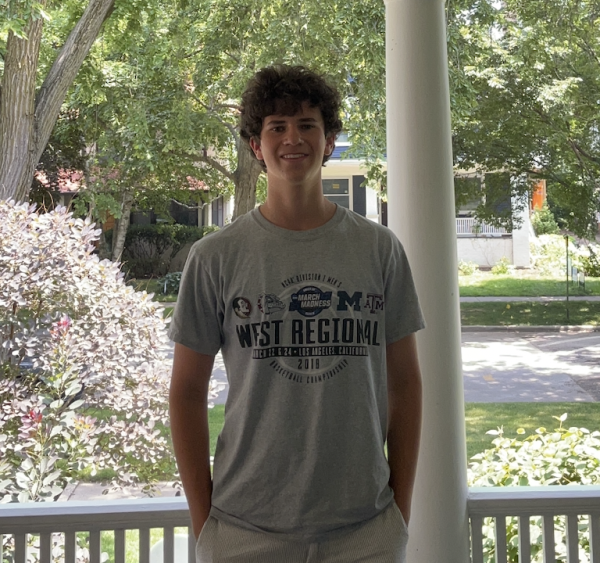I have grown up going to every Northwestern basketball and football game since I was five years old. My older brother and dad first introduced me to Northwestern and college sports, and I quickly fell in love with it. I loved the environments, loved the culture surrounding college sports, and it quickly became entrenched in my identity.
I even remember creating a Northwestern fan page on Instagram in 6th grade. I’d post predictions, game recaps and photos from games, all while trying to hide my identity – because who wants to hear from a middle schooler about college sports? But, of course, my mom found out, and soon my grandma was liking all my posts.
I retired the fan page after a couple of years, as it was a lot to keep up with. But my fandom never waned. Some of my best childhood memories come from inside Welsh Ryan Arena and Ryan Field.
College sports were perfect. It was personal; it was passionate. I often joked that my mood was directly correlated to Northwestern’s winning percentage, whether it was football or basketball season.
Since Covid, the landscape of college athletics has flipped on its axis. With the addition of NIL (Name, image, and Likeness) and conference realignment, nearly every aspect of the game has been revolutionized. I could write articles on each change the NCAA has made, but this is already a well-documented issue across America.
Let’s start with my less pressing issue: conference realignment. I get that it’s about money and “expanding reach,” but seriously, teams from the Pacific Ocean are now in the ACC (the Atlantic Coast Conference)! The Big Ten, a conference I grew up with, now has 18 teams, including four from states bordering the Pacific. Whatever happened to the good old-fashioned Midwest conference?
Sure, it makes the schools a little more money in football and basketball. But what about every other sport? Athletes in these smaller programs thought they were going to institutions with great academic opportunities, only to now miss class every other week due to traveling across the country. The NCAA is clearly willing to compromise athletes’ well-being for a few extra bucks.
But the real issue? The disastrous effects of NIL.
Three years ago, the argument was that these student-athletes were producing all of the money for the industry of college sports, but weren’t getting fairly compensated themselves. People said that some of these athletes had no time to get a job, and were barely scraping by with having to go to school and being a major athlete at the same time.
This argument always made sense. Of course, these kids should be paid so that they can live a healthy life at college. My problem isn’t paying college athletes, it’s the way we are paying college athletes.
Players are making more money than they would in the pros, literally. That’s a problem. The amount of money that is being swung around these college athletes is distorting the entire point of collegiate sports. Players are no longer playing for the love of the game or the school on their jersey; they’re playing for massive profits. That’s what pro sports are for, not college sports. NIL has turned college athletics into a profit-driven enterprise.
NIL has also exacerbated the divide among athletes. It’s making the players who are already going to get paid at the next level even richer and not really affecting most players and smaller market sports.
And I wouldn’t be doing justice writing this article if I didn’t touch on how it’s played out on the women’s side. It’s been well-documented that it’s been a disaster in women’s sports. It turns out that the majority of the NIL money on the women’s side of things is going to the biggest social media influencers, not the best players.
Throughout my life, I have been one of the biggest proponents of college sports you could find, but I am getting dangerously close to saying that college sports have lost their magic.
And I’m not saying that we shouldn’t be compensating athletes, but the way it’s being done is grossly inequitable.
To close, here’s a quote from Miami’s former basketball coach Jim Larrañaga, one of my favorites. After retiring this season, despite making the Final Four just two years ago, he made a statement that I think is extremely telling about the current state of the NCAA:
“I’m exhausted. The opportunity to make money someplace else created a situation that you have to begin to ask yourself as a coach what is this all about.”




